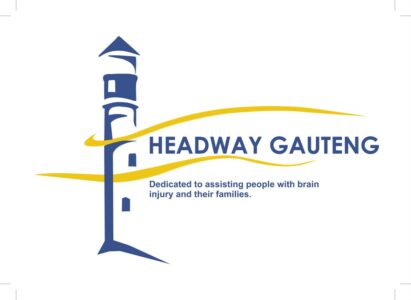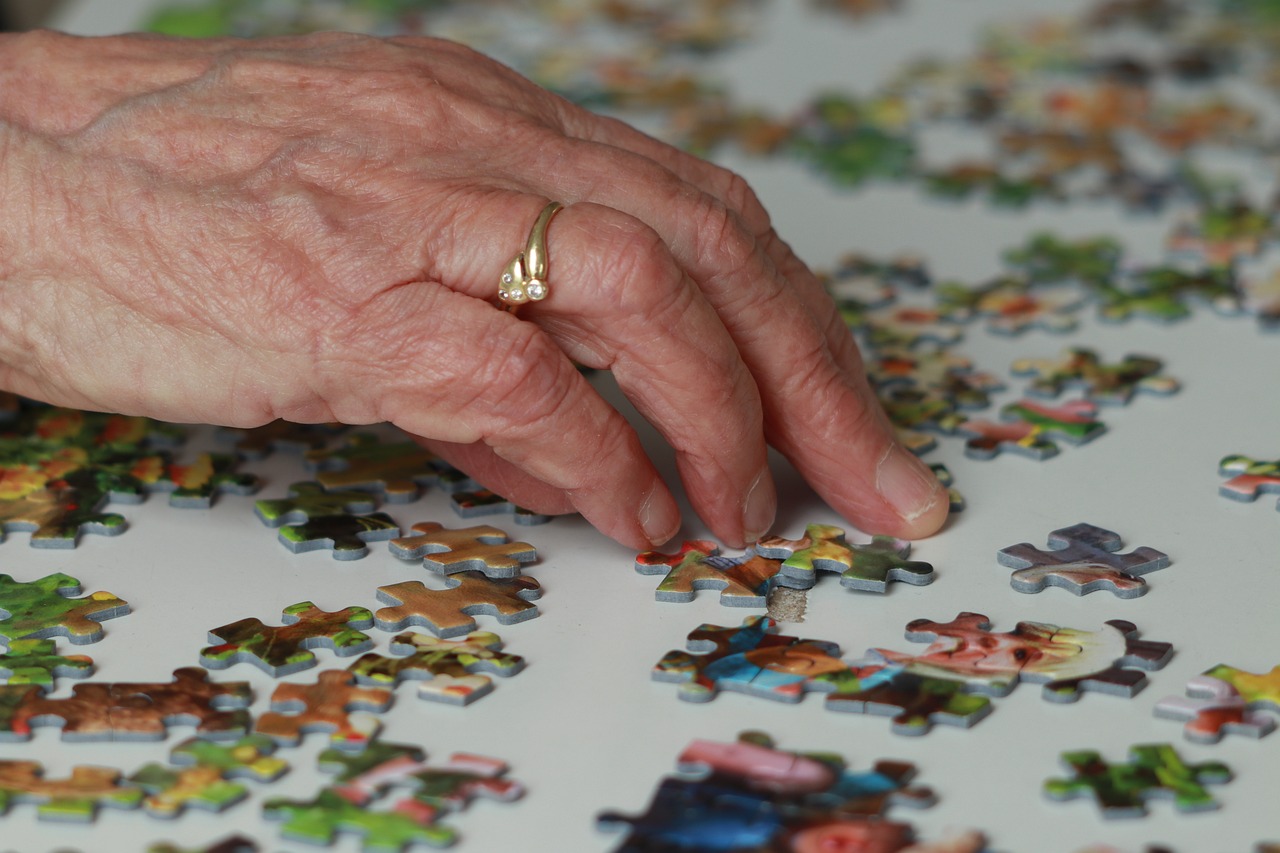Brain injury can disrupt every aspect of daily life – from basic self-care to returning to work. Occupational Therapy (OT) serves as a bridge between medical recovery and real-world independence. OT practitioners work directly with individuals to rebuild their ability to perform meaningful activities, developing personalised strategies that account for each person’s unique challenges and goals. Through structured, practical interventions, OT helps people reclaim their independence and rebuild their lives after brain injury.
Core evidence-based approaches
Goal-directed therapy: a foundational framework
At the heart of effective OT lies goal-directed therapy. This approach transforms rehabilitation from a series of exercises into a meaningful journey towards independence. By setting clear, personalised goals, therapists create a roadmap that guides recovery. These goals range from managing morning routines to returning to work or hobbies.
Goals typically focus on:
- Personal care routines
- Household management
- Community participation
- Work or education return
- Leisure activities
- Social relationships
Group therapy: harnessing peer support
In group settings, individuals find more than just therapeutic activities – they discover a community of people who understand their challenges firsthand. This peer support becomes a powerful motivator and learning tool.
Key benefits include:
- Shared learning experiences
- Real-world social practice
- Mutual encouragement
- Problem-solving opportunities
- Natural conversation practice
Interventions and recent developments
The field of OT continues to evolve, embracing new technologies and approaches. Wheeler & Acord-Vira’s 2023 review identified several interventions that are transforming brain injury rehabilitation:
Virtual reality and technology integration
Immersive Training
- Safe practice of complex tasks
- Graduated difficulty levels
- Real-time feedback
- Progress tracking
Digital Tools
- Cognitive training apps
- Memory aids
- Organisation systems
- Communication platforms
Multimodal sensory stimulation
This approach recognises that our brains process information through multiple channels simultaneously. By engaging various senses during therapy, practitioners help rebuild neural pathways more effectively. Sessions might combine visual tasks with auditory cues and physical movement, creating rich learning experiences that mirror real-world activities.
Community-based recovery
Community-based OT programmes provide a crucial bridge between clinical rehabilitation and real-world independence. These programmes offer structured opportunities to practise skills in authentic settings, where the unpredictability of daily life becomes part of the learning experience.
In community settings, participants benefit from:
- Real-world skill application
- Natural social interactions
- Practical problem-solving
- Community reintegration
- Peer support networks
Measuring success
Recovery after brain injury isn’t linear, and success looks different for each person. Modern OT programmes use comprehensive outcome measures to track progress:
Quality of life indicators
- Daily activity participation
- Emotional wellbeing
- Social connection
- Community engagement
Functional outcomes
Research shows significant improvements in:
- Task independence
- Cognitive function
- Emotional regulation
- Social participation
- Community integration
The path forward
The future of OT in brain injury rehabilitation looks promising. Emerging technologies and evidence-based practices continue to enhance treatment options. Research points to several exciting developments:
- Integration of artificial intelligence
- Advanced virtual reality applications
- Remote therapy possibilities
- Personalised digital interventions
- Enhanced outcome tracking
Occupational Therapy remains an essential cornerstone of brain injury rehabilitation. By combining established practices with innovative approaches, OT helps individuals rebuild their lives and regain independence. Whether in clinical settings or community programmes, the practical, goal-focused nature of OT provides a clear path forward for recovery.
Through structured support, practical skill development, and emerging technologies, OT continues to evolve while maintaining its core mission: helping people reclaim their lives after brain injury. As research advances and new techniques emerge, the field stands ready to incorporate evidence-based innovations that enhance recovery outcomes.



